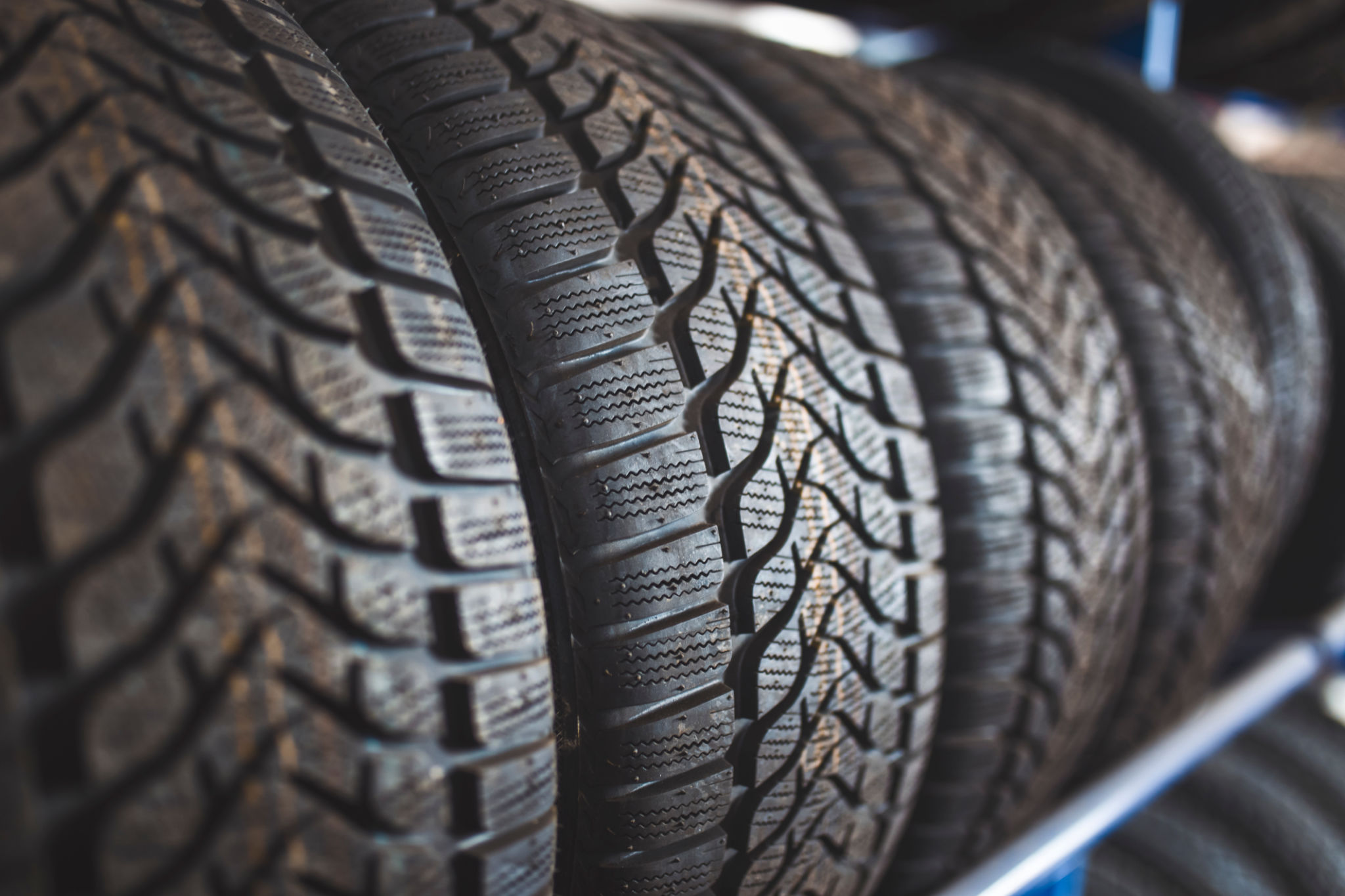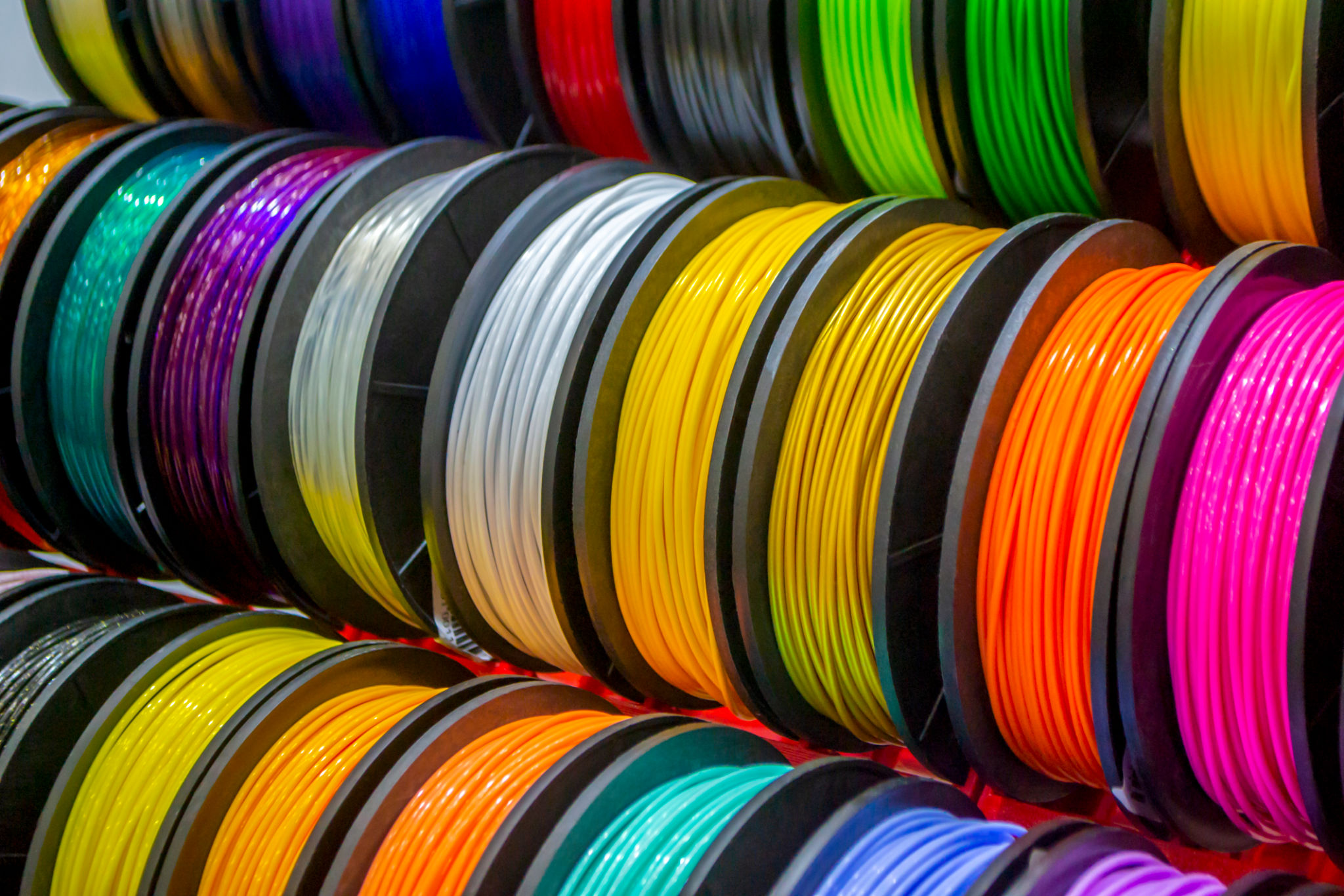Preparing for Winter: How 3D Printing Can Help with Seasonal Manufacturing Challenges
The Seasonal Manufacturing Challenge
As winter approaches, manufacturers face unique challenges that can impact production timelines and efficiency. From managing supply chain disruptions to ensuring product quality amidst adverse weather conditions, the season demands innovative solutions. One technology that is increasingly being relied upon to address these issues is 3D printing. This versatile tool offers a range of benefits specifically suited to overcoming the hurdles of winter manufacturing.
3D printing, or additive manufacturing, provides a flexible and cost-effective way to produce parts and products. This capability becomes particularly advantageous during the winter months when traditional manufacturing processes may be slowed down by factors such as transportation delays or material shortages.

Advantages of 3D Printing in Winter
Rapid Prototyping and Production
One of the standout benefits of 3D printing is its ability to speed up prototyping and production. Manufacturers can quickly design and test new products without the need for expensive and time-consuming tooling processes. This capability is crucial when winter weather delays shipments or when demand for certain products spikes unexpectedly.
Additionally, 3D printing allows for on-demand production, reducing the need for large inventories that can be costly to maintain. This is particularly useful during winter when storage conditions can impact product quality.

Localized Manufacturing
Winter storms and adverse weather conditions often lead to transportation and supply chain disruptions. By utilizing 3D printing, manufacturers can produce parts locally, minimizing reliance on external suppliers that may be affected by these disruptions. This localized approach not only ensures continuity in production but also reduces transportation costs and carbon emissions.
Moreover, 3D printing can help create customized parts that are specifically designed to withstand cold temperatures, enhancing product durability during the winter months.
Material Versatility
Another significant advantage of 3D printing in winter manufacturing is the wide range of materials that can be used. From plastics to metals, 3D printers can work with materials that are suitable for various applications and environmental conditions. This versatility allows manufacturers to adapt quickly to changing needs and maintain product quality even in challenging winter conditions.

Cost Efficiency
Winter often brings increased operational costs due to heating requirements and potential delays. 3D printing helps offset some of these costs by reducing waste and optimizing material usage. Traditional manufacturing methods typically involve cutting away material, which results in significant waste. In contrast, 3D printing only uses the material necessary to build an object, leading to more sustainable production practices.
Furthermore, by reducing the need for large inventories, businesses can save on storage costs and reduce the risk of overproduction.
Conclusion
As manufacturers prepare for the winter season, leveraging the capabilities of 3D printing can provide significant advantages. From rapid prototyping and localized production to material versatility and cost efficiency, this technology offers innovative solutions to common seasonal manufacturing challenges. By integrating 3D printing into their operations, businesses can enhance their resilience and maintain productivity despite the hurdles posed by winter weather.